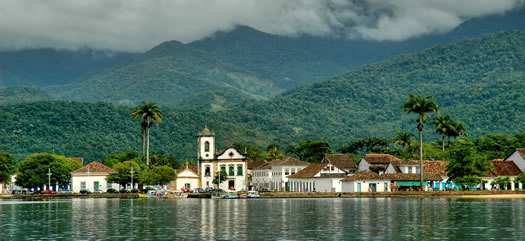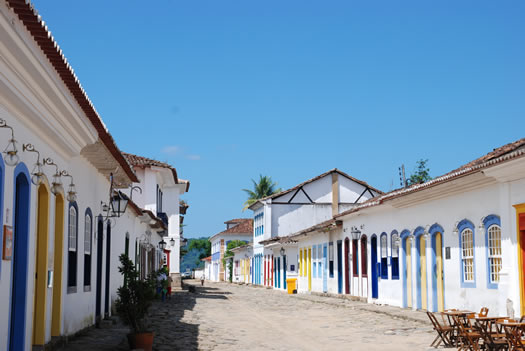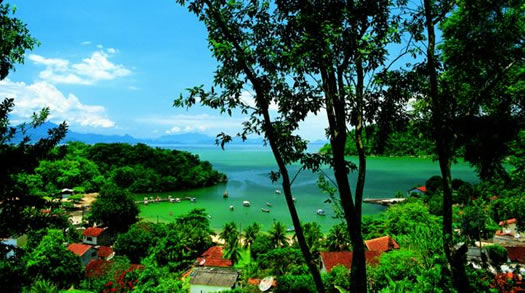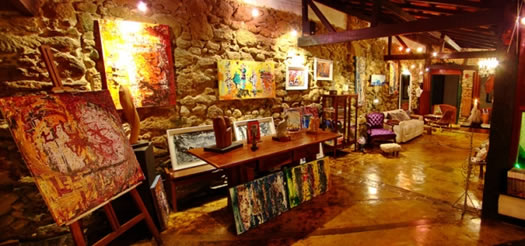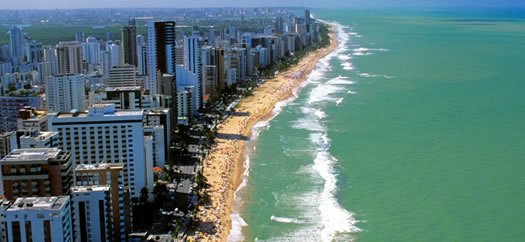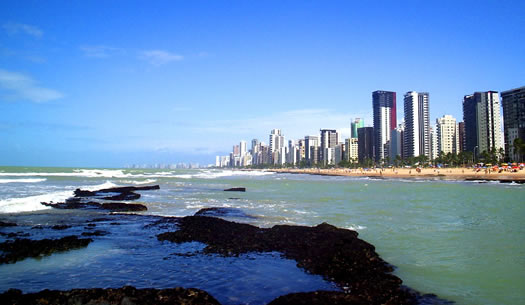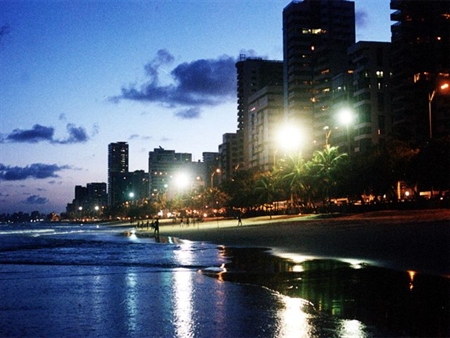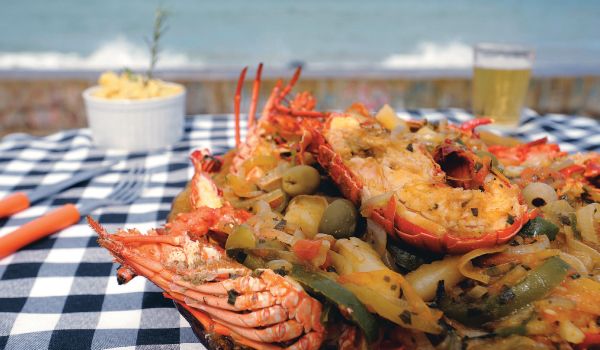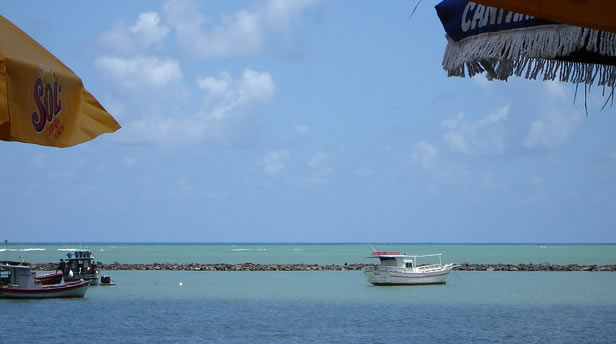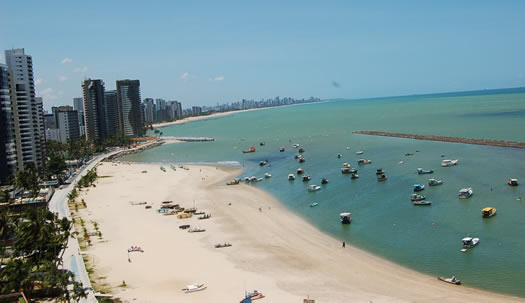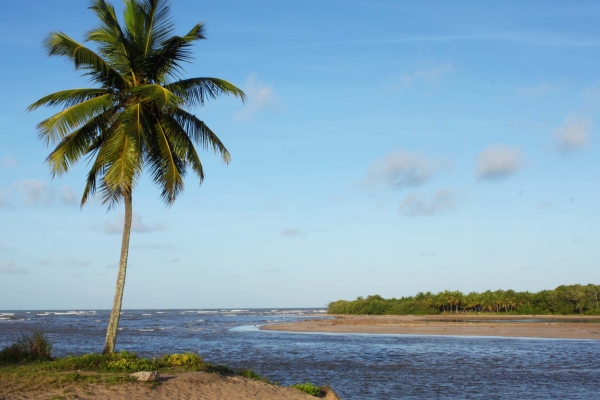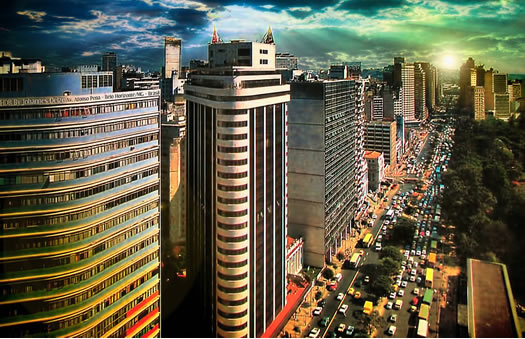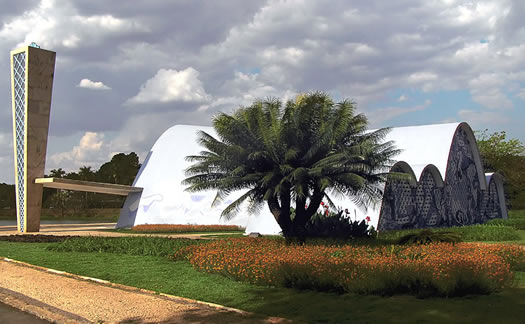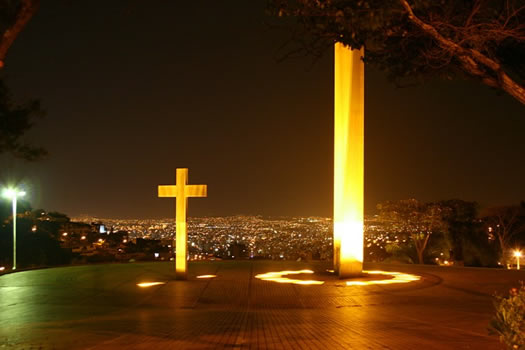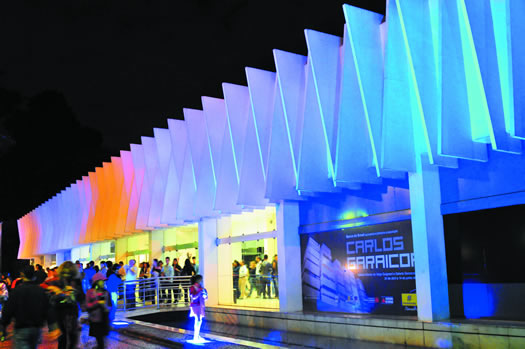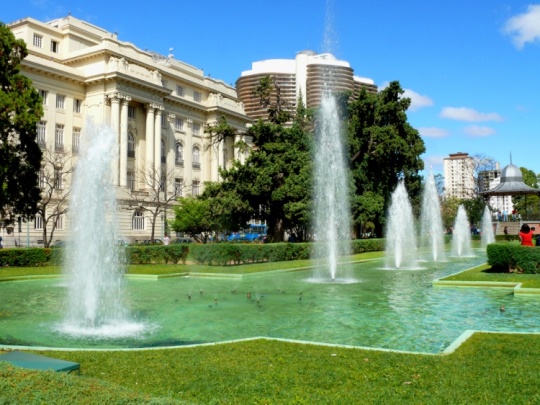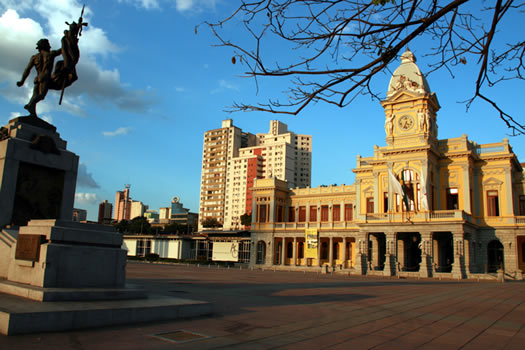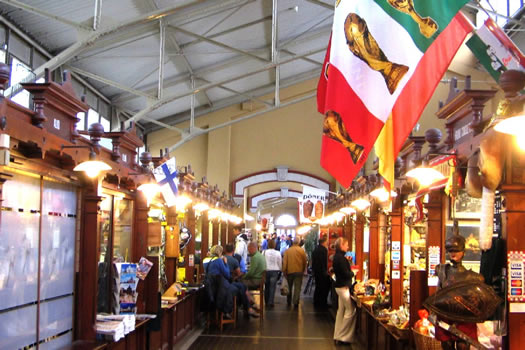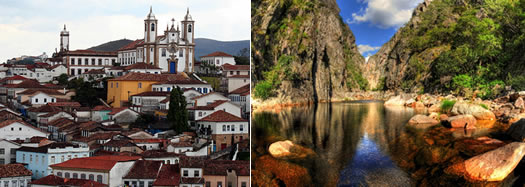Buenos Aires, the cosmopolitan and avant-garde -distinguished that later lie, the best museum complex in Latin America, one of the world capitals of theater, undisputed benchmark in the (new) best design and good food lover, is also a real friendly town. It was the first Latin American city to legalize, in 2003, civil unions between same sex. Tolerant character with a wide cultural and artistic (design fairs, art exhibitions, theater of the most varied genres and concerts by international artists), excellent cuisine, fascinating hotels, precious architecture, an intense and varied nightlife, is an irresistible destination for the LGBT community.
In Buenos Aires the traditional gay circuit runs parallel to the central Avenida Santa Fe, from the corner of Rodríguez Peña to the junction with Avenida Coronel Díaz Coquette (prelude to one of the many input vertices in the neighborhood of Palermo). Browse this artery Northern Quarter is an experience that includes several stops (almost) forced: for the greater public, traditional cafés; for younger, basements sheltering boisterous clubs; for all historical corners. Around this circuit places the traditional dance of Buenos Aires LGBT move, open, always, from midnight cluster.
Leaving Santa Fe and headed for Palermo, diverse night live with typical dimension of the new proposals the most famous neighborhood in recent times: pre dance bars and discos that arise in the context of old houses precious recycled. Palermo also holds the LGBT Bermuda Triangle, an area bounded by Avenida Córdoba area and Gascón and Cabrera streets. Here begins prior, after a delicious dinner, pre dance in bars. In exclusive redoubts, drag queens wear their best talents. In the records, a crowd loud and uninhibited vibe with the music of DJs. A similar thing is the climate in bars Costanera Norte, where although no shows will find transvestites, the (different) is a constant joy to dawn.
In the center of Buenos Aires, near the Courthouse in the Lower and in the neighborhood of San Telmo, theme parties and shows strippers are mounted on palatial architecture and spaces in small patches which refer to the time of better under Buenos Aires.
Something more intimate is the meeting in the homes of Villa Crespo and Chacarita where film screenings, theater, photography and visual art are carried out diverse. They join because in the end the night passes in Buenos Aires, the birthplace of tango and capital of a country where inland resonate zambas and farmers, gay milongas and folkloric friendly.






